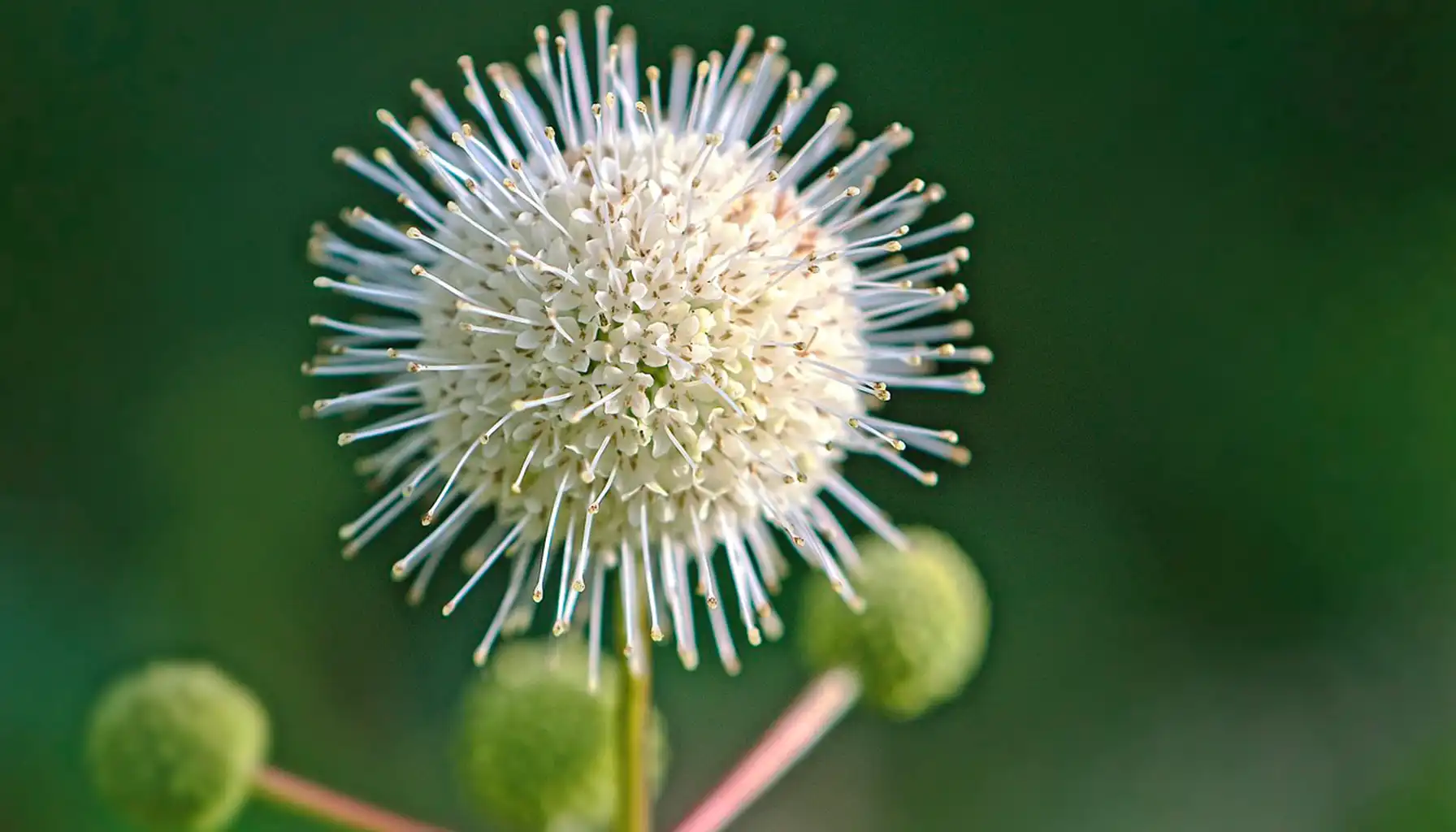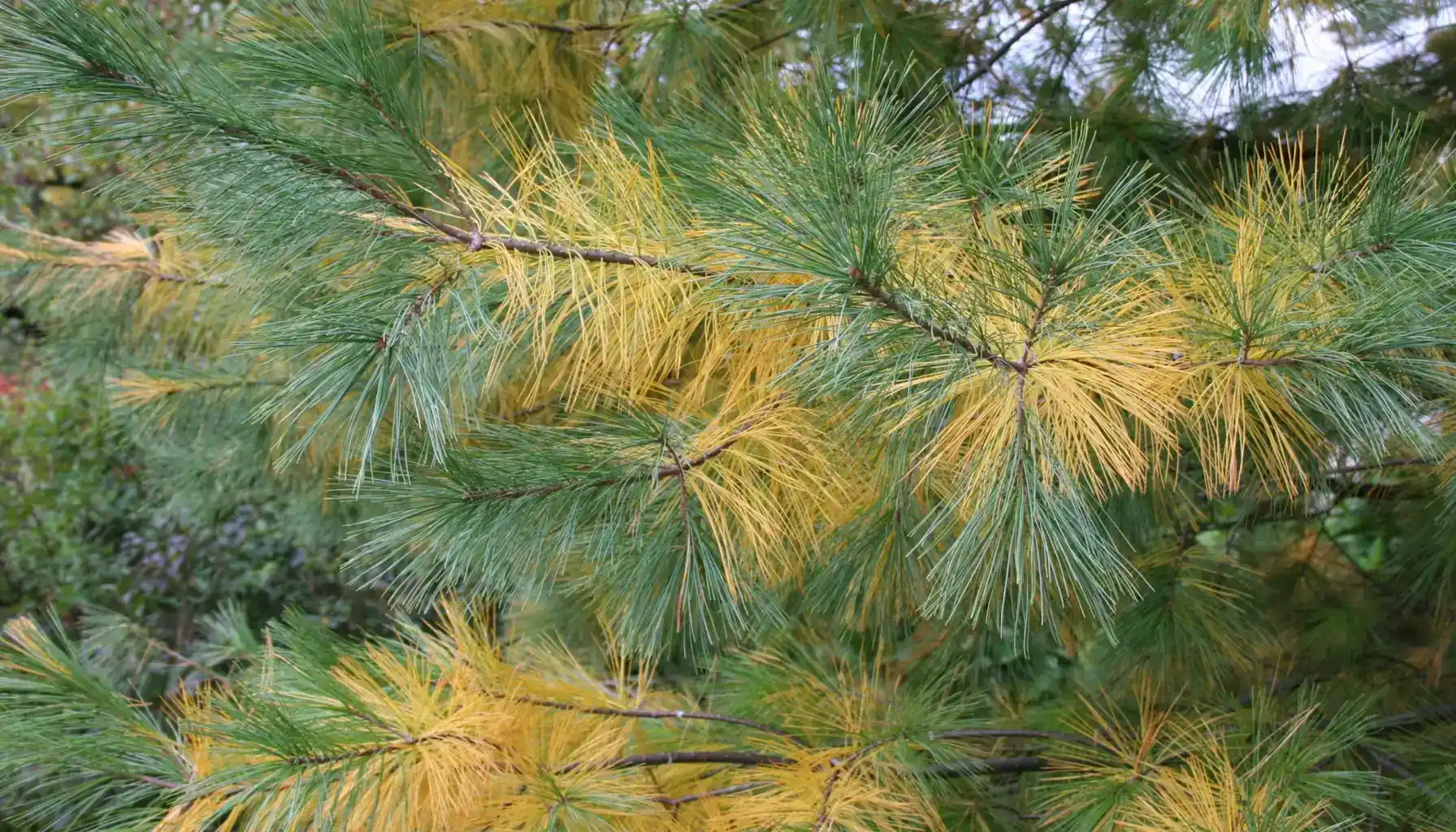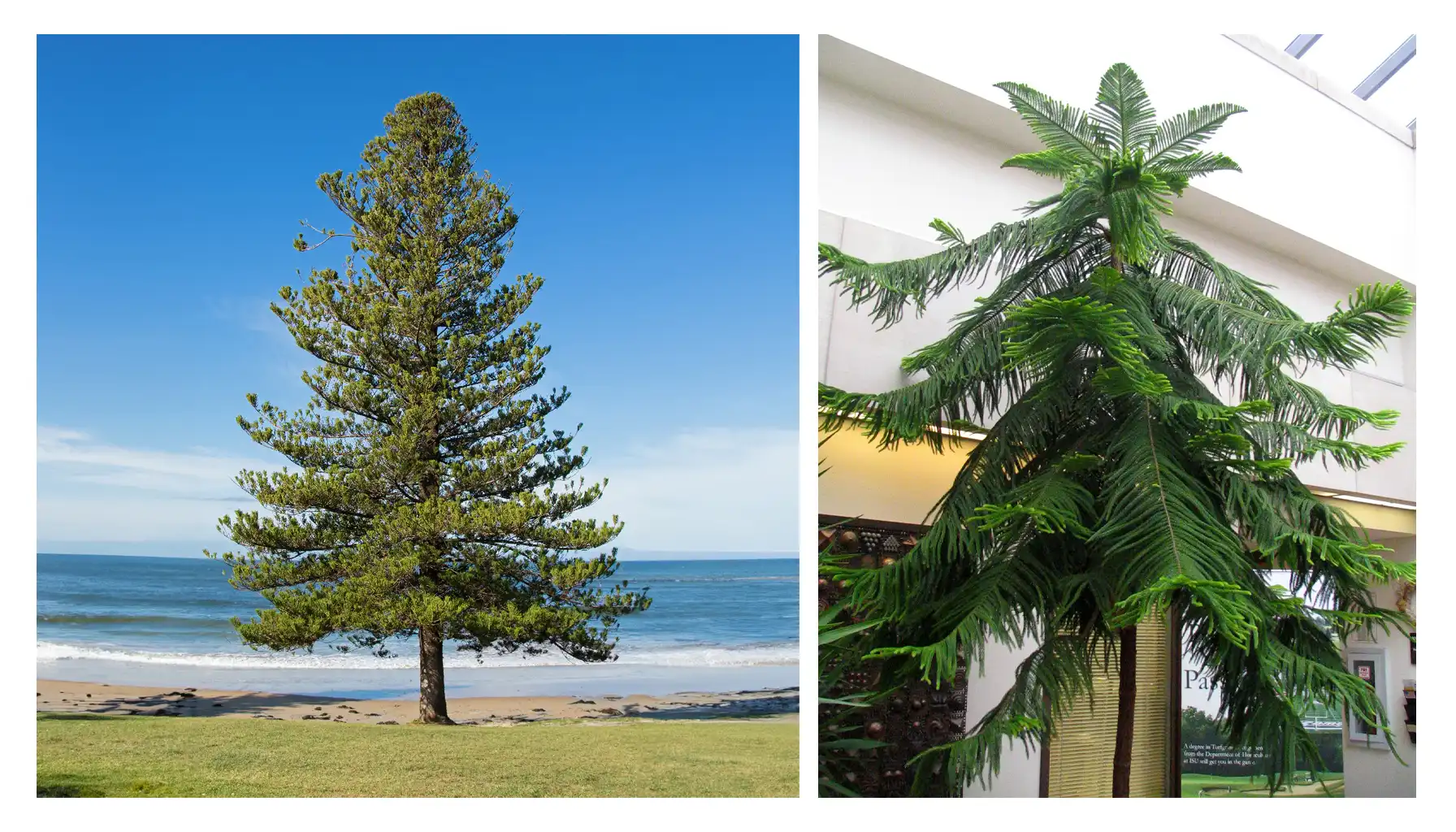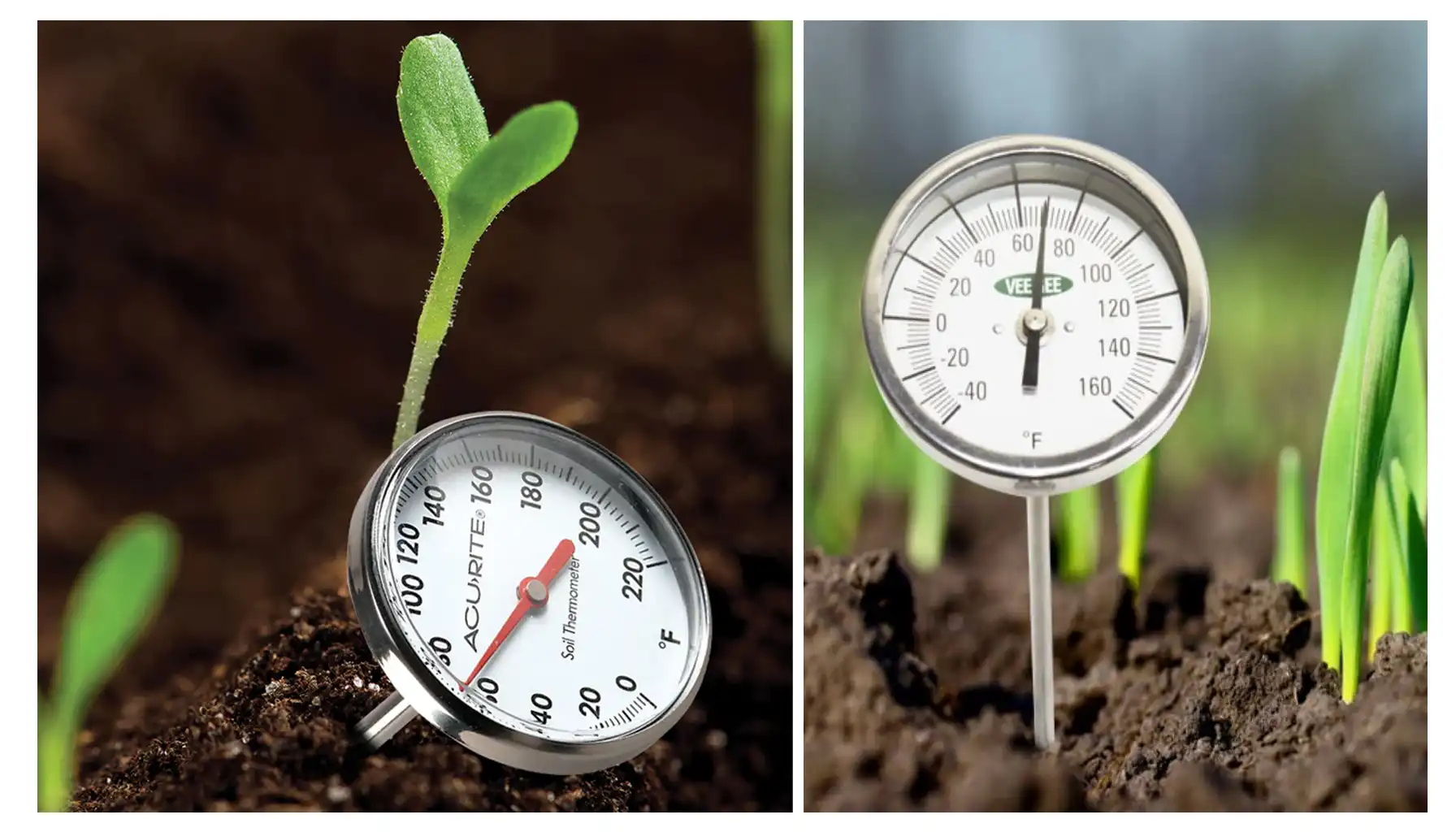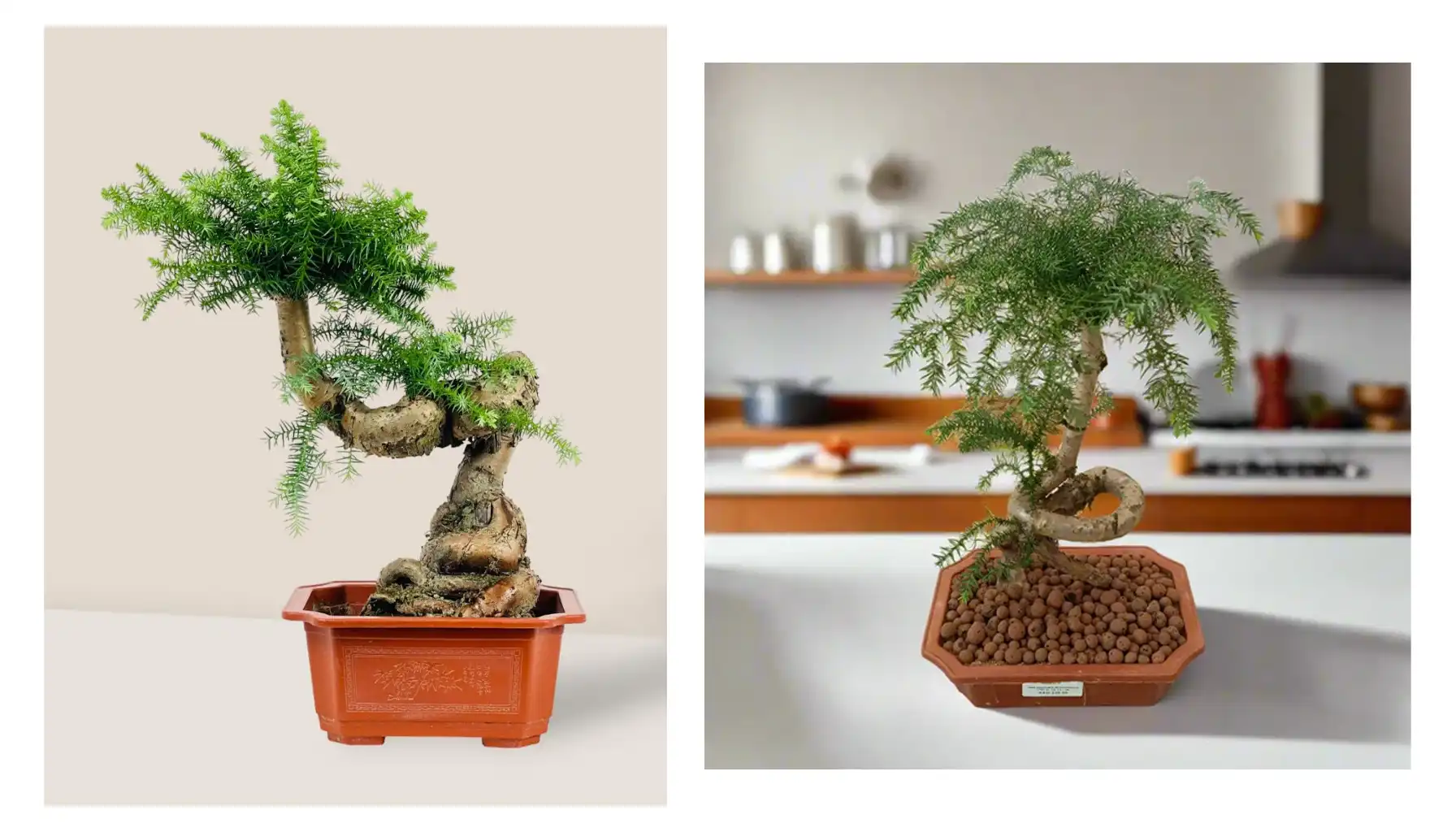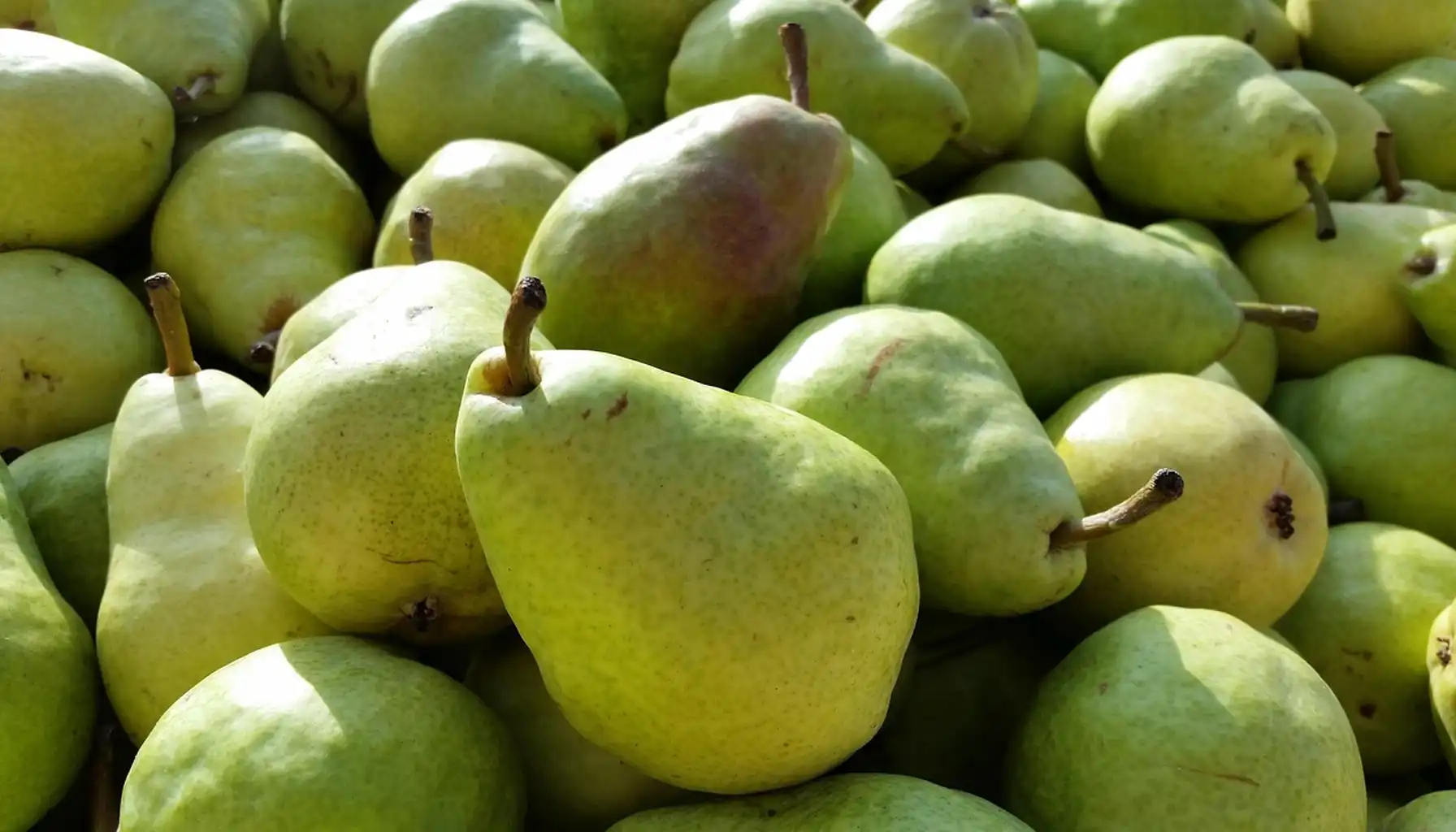Christmas is yet to come in 2025. You might start preparing to make it big. How about using a real Christmas tree instead of the plastic ones? Norfolk pine is a great choice, then.
How to care for a Norfolk pine? We will learn about its needs, benefits, and safety in this article.
You can have easy plant identification now. Just download an app to your phone.
Norfolk Island Pine Characteristics
The Norfolk Island Pine is a tropical plant originally from Norfolk Island, a small island in the Pacific Ocean. Though the tree is called a “pine,” it is not a true pine and belongs to an ancient group of conifers. It even lacks the smell you associate with most pine trees.
The scientific name of this pine (Araucaria heterophylla) means "from Arauco”.
Overview |
Feature | Details |
Origin | Norfolk Island |
Type | Evergreen coniferous tree |
Size | Norfolk Island pine height can go up to 200 ft (60 m) outdoors. Indoors, typically 3–8 ft (1–2.5 m) |
Life span | Several decades to over 100 years outdoors. Indoors, it can live 20+ years with proper care |
Leaf Colors | Bright green when young; matures to dark green |
Flowers | Has none |
Propagation | By seeds |
Toxicity | Toxic for small animals |
Special Features | A popular Christmas accessory |
Fun fact: Norfolk Island features the silhouette of this tree in its flag.
Norfolk Island Pine Care Indoors and Outdoors
Trees are known for their resilience. This one isn’t an exception, though if you want your Norfolk pine to grow fluffy and tall, try to follow these requirements.
Light
Norfolk Island pines prefer bright, indirect light when grown indoors. A good spot for them would be near the window where they could get plenty of light. But avoid direct sunlight, which can scorch their needles..
Light requirements for outside are also high. The pines need to be planted where there’s little shade.
Temperature
Norfolk Island, the original place where these plants grew, has a subtropical and mild climate. It means that the pines won’t do well in frost.
These pines do best in temperatures between 60–75°F (15–24°C). They are not frost-hardy, and temperatures below 35°F (1.6°C) can cause damage.
If you're growing Norfolk Island pine outdoors, the climate in your area should be warm throughout the year. If you're growing it outdoors in a container, bring it inside before the cold season begins.
Watering
It’s enough to water the plant once every week. Water it when the top inch or two of soil feels dry. The goal is to keep the soil evenly moist but never soggy.
Overwatering can lead to root rot, while underwatering may cause browning or dropping of lower branches. When it’s wintertime, you’ll have to water the plant less frequently (because water evaporates more slowly).
Soil
Technically, these plants don’t need a specific potting mix. A standard organic potting mix with drainage will do just fine.
Cactus mix or regular potting soil with added sand or perlite works well, too. Avoid compacted or water-retentive soils.
Fertilizing
Feed these pines once a month during the growing season (spring and summer). You’ll need a balanced, diluted water-soluble fertilizer. There’s no need to fertilize in fall and winter when the plant’s growth slows down.
Pests
Common pests include:
Spider mites. Small arachnid-like creatures that live on the undersides of leaves of plants.
Scale insects. They look like small bumps and suck the tree’s juices.
Mealybugs. They are named after the soft white material they are covered with. They damage the flora by sucking their sap.
For pest control, you can use soap, neem oil, or just wipe pests off manually with a damp cloth.
Pine Diseases
Oh no, is your Norfolk Island pine tree yellowing or rotting? You might even think, “Is my plant dying?”
If you uncover the symptoms, you may still have time to save your green friend. Here is a short list of possible diseases this plant may have and their remedies:
Root Rot. Likely caused by overwatering or poor drainage. Remove affected roots, and replant the plant into well-drained soil. Try watering it less frequently.
Needle Blight. It’s a fungal infection from poor air circulation and excess moisture. Use a fungicide and try to improve airflow in the room.
Yellowing. Usually caused by a deficiency of nutrients. Apply a micronutrient solution to help.
Norfolk Island Pine Propagation
Like many trees, this pine propagates with seeds. Human intervention isn't required here, but if you want to make sure you’ll have a new tree, follow these steps.
Obtain fresh seeds. These come from mature female cones from outdoor trees. Indoor plants do not produce cones, as the conditions are rarely right.
Collect a well-draining seed-starting mix, such as a blend of peat moss, perlite, and sand.
Place the seeds on the surface of the soil and press them down lightly. Do not bury them completely. Keep them horizontal or slightly upright.
Keep the tray or pot in a warm, bright location, maintaining a temperature around 70–75°F (21–24°C).
Keep the soil evenly moist but not soggy. Use a spray bottle for gentle watering.
Wait for germination to end. It may take 1 to 3 months, depending on seed freshness and environmental conditions. To get a full grown Norfolk Island pine, you’ll need decades, so this sprout will have a long road ahead.
Note: Seeds must be very fresh to have a chance at germination. They lose viability quickly and are rarely available for purchase.
If at one point you realize you don't have much space for new trees… turn one of them into a bonsai plant. Norfolk Island pine bonsai looks comfy, and it’s convenient to place.
Norfolk Island Pine For Sale
Want to buy yourself this p[plant?
You can always buy this flora online for about $7.99 – $49.99. Closer to Christmas, you’ll find more offers.
Be careful with the shipping conditions. These pines are sensitive to both extreme cold and heat. Ensure that your seller offers protective packaging.
As another choice, you can buy the plant directly from someone offline or even cut the tree in the forest (as long as you’re legally allowed to). Some US states have a suitable climate for this plant. For example, Norfolk Island pine Florida. Though it’s not native to Florida, it’s been growing there for some time now in the wild.
Pine Benefits
What is good about having this green buddy at home or in your orchard? Let's see.
Benefit | Description |
Aesthetic Appeal | The Norfolk Island pine Christmas tree is an excellent decoration. It’s green and bright, easy for the eye. |
Air Purification | Like most indoor plants, it helps absorb CO₂ and may slightly improve indoor air quality by trapping dust and releasing oxygen. |
Stress Reduction | Norfolk Island pine indoor is linked to lower stress and anxiety. The pine may contribute to a calm atmosphere. |
Low Maintenance | Requires moderate light, occasional watering, and minimal pruning. Ideal for beginners and busy plant owners. |
Longevity | Norfolk pine lifespan is decades long with proper care. Its slow growth keeps it manageable in size for many years. You might feel a sense of accomplishment by nurturing this plant for so long. |
As you can see, it’s a great ornamental plant with other health-related benefits. When Christmas ends, it will continue cheering you regardless.
Safety
Is Norfolk Island pine safe for cats and other animals?
Not safe. This flora may be poisonous to cats and other animals. Poisoning happens when the animal ingests the needles or drinks the water used for the tree.
As for symptoms, your pet may experience:
Diarrhea
Vomiting
Contact dermatitis
Mouth irritation
In case of poisoning, you need to remove the needle from the mouth (if possible) and give distilled water to your pet. If symptoms persist, you should go to the veterinary clinic. Your pet doctor might prescribe activated charcoal.
This pine is not a deadly dangerous poisonous plant, though better kept away from curious pets.
AI Plant Finder
AI Plant Finder is a smartphone app (available on both iOS and Android).
The app uses AI-based image recognition to identify flora species and diagnose flora health issues. You just take a photo, and the app does the rest.
AI Finder has over 300,000 flora species in its database, with 97% accuracy for flora identification and 98% accuracy for disease detection.
Download Plant Finder, and you will learn about the nature around you.
Related AI Plant Finder Posts
